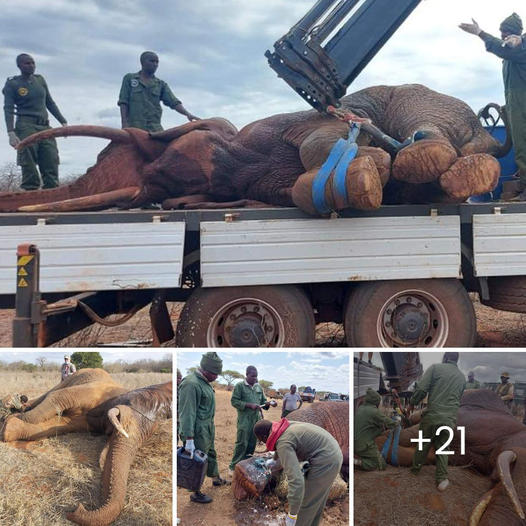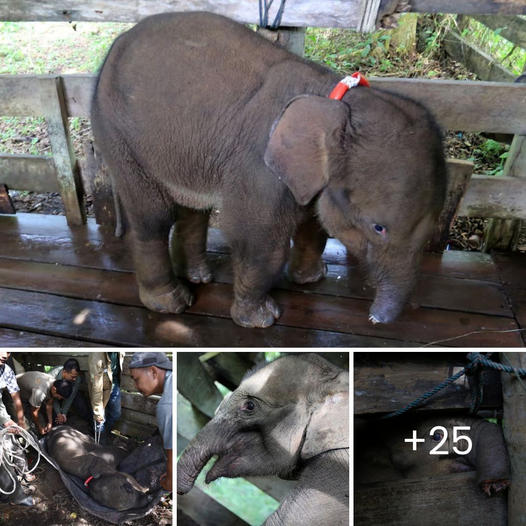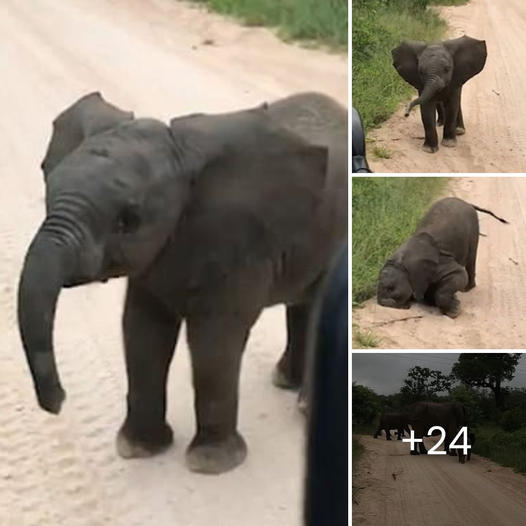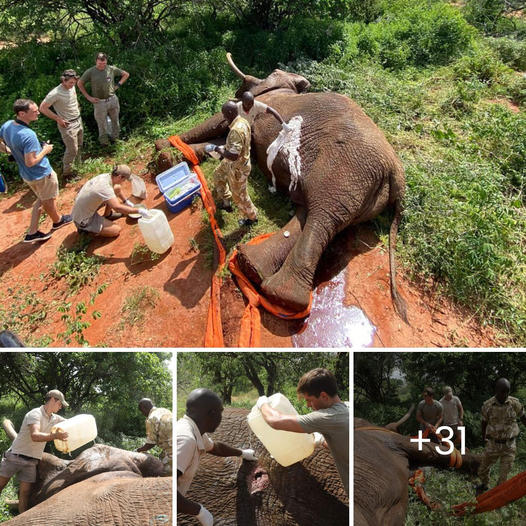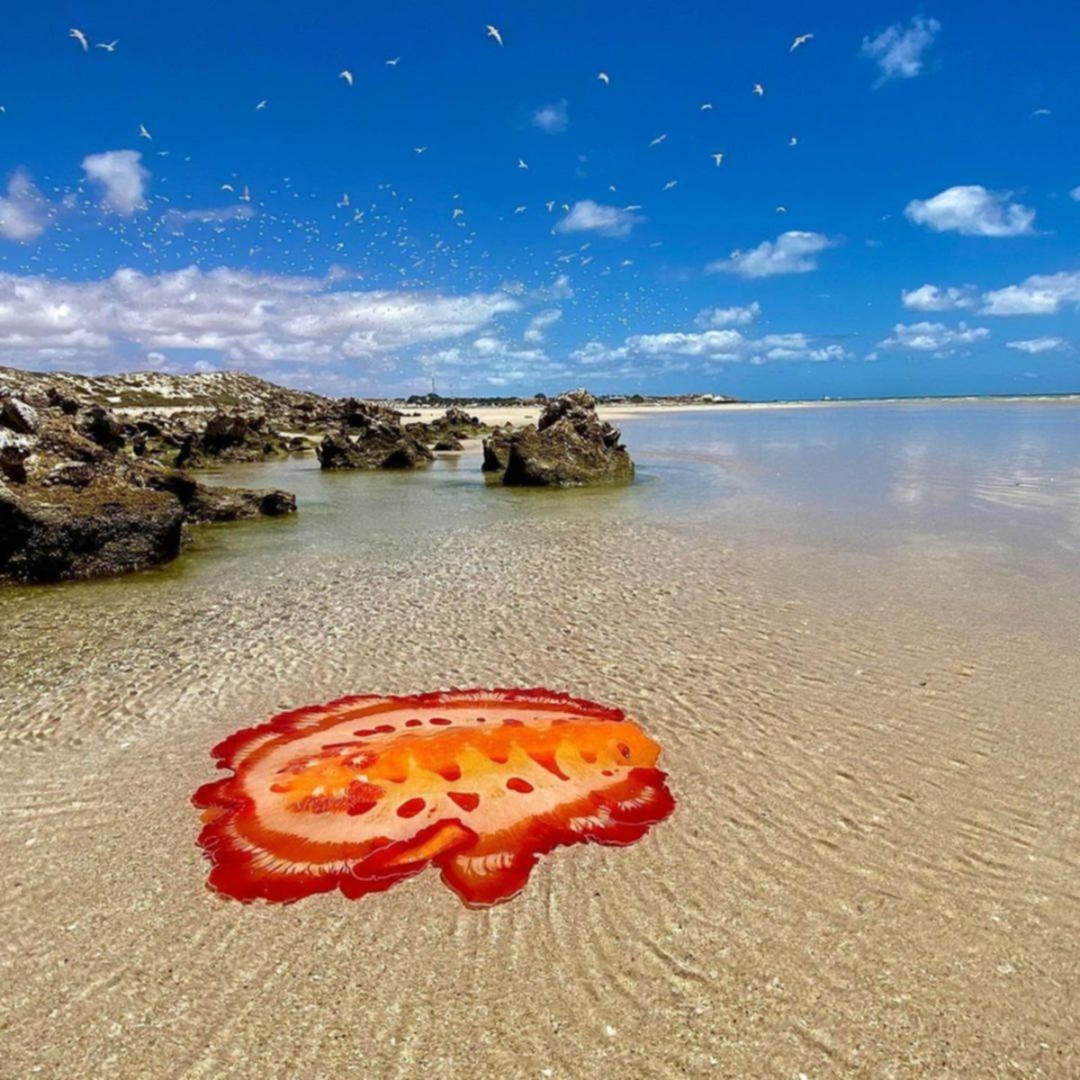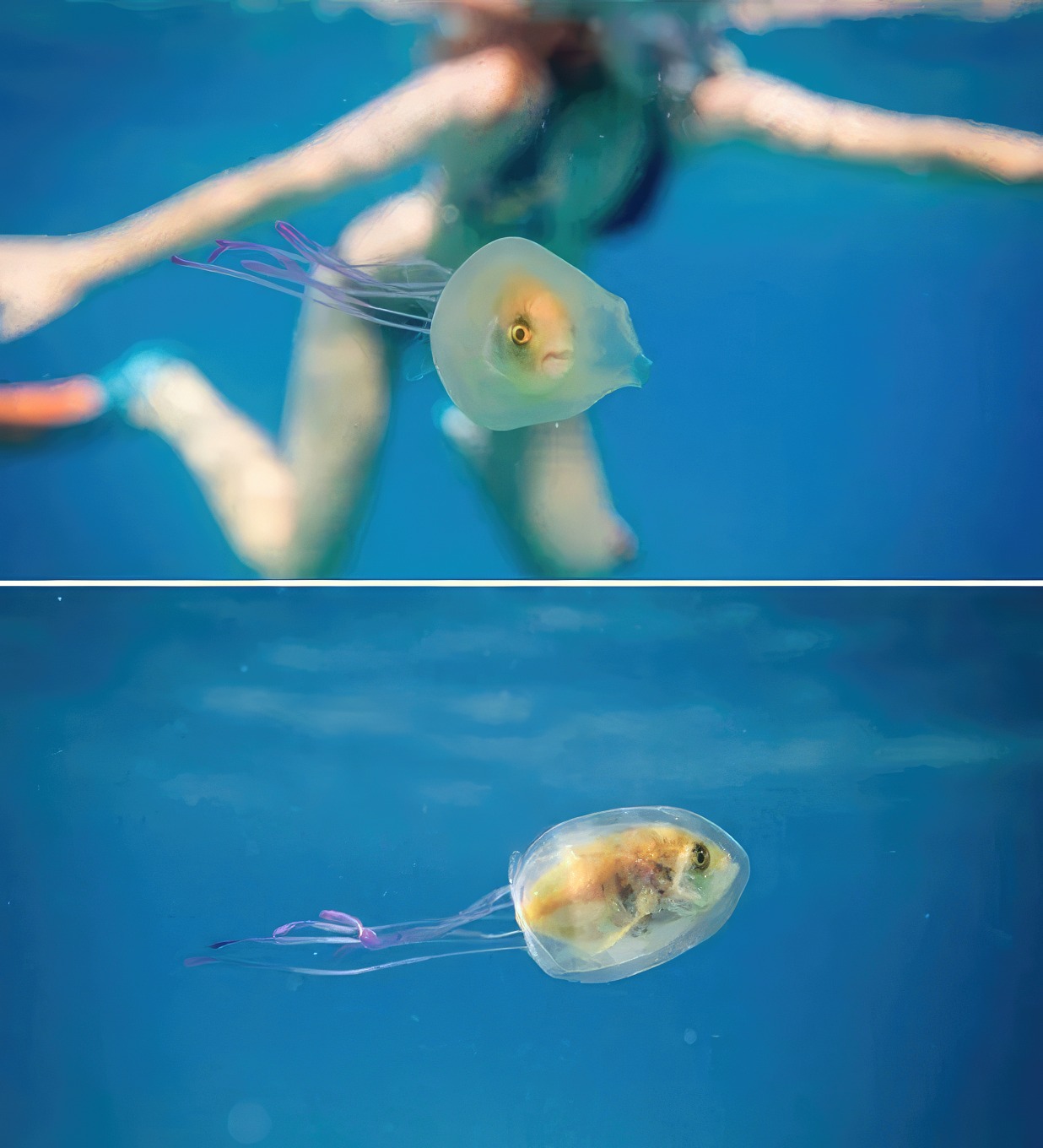THIS is the terrifying moment an enormous great white shark savaged a diver’s cage as frightened onlookers look on.
The nail-biting footage was captured as part of Shark Week as divers took to infested waters around Stewart Island, New Zealand.

The great white shark managed to savage the divers cageCredit: Discovery Channel

The diver was trapped while his pals screamed for helpCredit: Discovery Channel

The shark, known locally as Slash, was 18ft longCredit: Discovery Channel
In the clip from Discovery, the thrill seeker is seen suspended in the water before the beast approaches.
The 18ft monster attempts to launch an attack, before it chows down on one of the floats.
The dramatic video shows the scuba diver recoil in fear as the shark encircles the cage as his friends scream in panic.
One onlooker from the boat yells “get him out of there” with the beast visible from the overarching vessel.
The dramatic footage, originally captured in 2013, showed the shark bearing a gash snaking out the side of his mouth.
Known locally as Slash, the shark was touted by show producers as a “local legend,” having been tracked for some time.
Shark Dive NZ owner and operator Peter Scott, who featured in the documentary, said Slash was the most aggressive great white he had encountered.
His bloody scar was the result of a botched tagging project by the Department of Conservation (DOC) and the National Institute of Water and Atmospheric Research (Niwa) to track the shark’s movements.
“This clearly changed his attitude and it appears he became quite aggressive,” Scott recalled.
According to experts, Slash and hundreds of other great white sharks would return to Stewart Island for the summer after migrating towards the tropics for winter.
Scott, who was running Shark Dive NZ, said there was little public awareness of the great white population in New Zealand.
“Given the amount of sharks that live here, we have minimal numbers of attacks,” he said at the time.
He added statistics were “far worse” than shark fatalities and Scott believed any attack was “a genuine mistake on the shark’s behalf”.
However, years later locals claimed that the sharks were being attracted to the southern settlement, called Oban, by tour operators running the cage dives.
Speaking in 2016, three years after the documentary was made, local fisherman and tour guide Richard Squires said he’d seen a marked increase in sharks and shark attacks.
He claimed his boat alone was attacked on two occasions in which a shark chomped down on his float.
“The last few years those sharks have shown an unhealthy interest in boats, and they are acting more aggressively,” he told The Guardian at the time.
“No other shark cage-diving operations operate this close to a tourist resort that is involved with the sea.”
The same year as his interview, the New Zealand government stepped in to regulate the shark diving operators at Stewart Island – insisting that companies would need to obtain permits to operate.
In addition, they were also limited in their choice of bait to attract the great white sharks on their tours.
However such regulations haven’t stooped sharks appearing along the shores of New Zealand – which is home to an estimated 66 species.
Only last month, a great white shark was found with its “organs sucked out” on a shoreline after suffering a suspected orca attack.
According to multiple passers-by, the shark was missing its tail and was described as “badly decomposed”.
Waikato University researcher and marine ecologist Phil Ross said the washed up beast follows an increase in reported shark sightings in the coastal area.

Slash was thought to be one of hundreds of sharks lurking New ZealandCredit: Discovery Channel

Locals from Stewart Island claim shark cage operators were attracting the beasts to the shorelinesCredit: Discovery Channel
